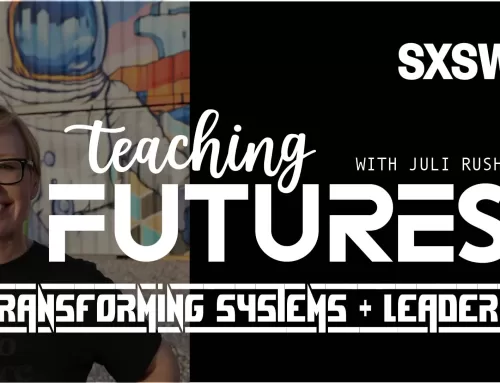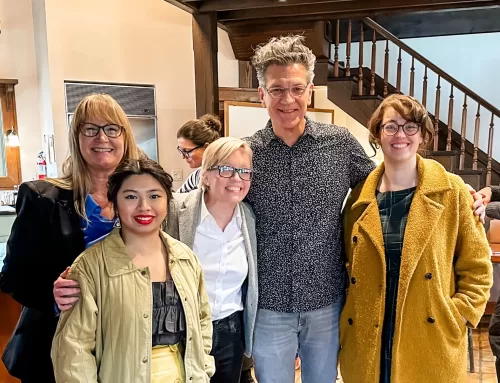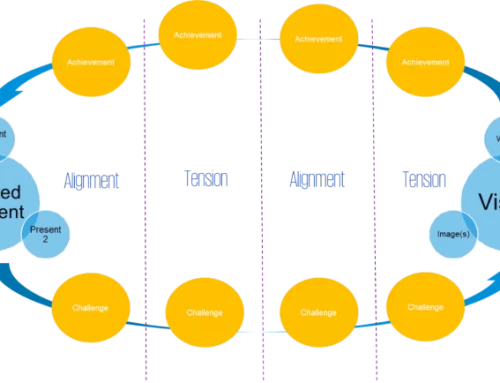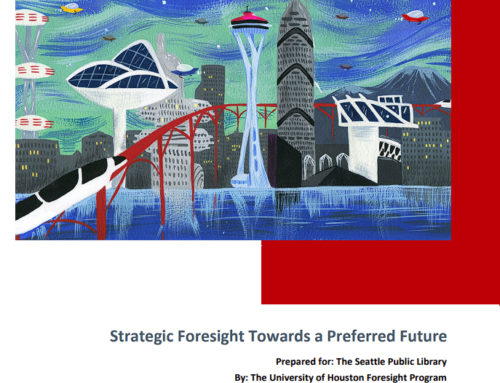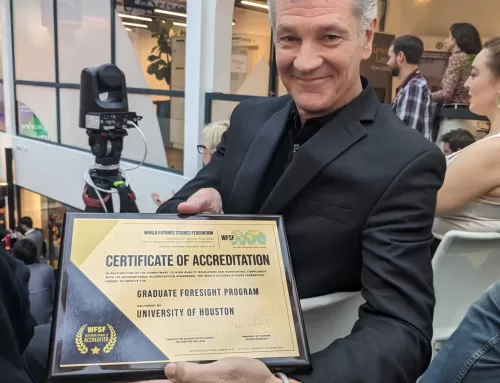Contributor: JT Mudge
NOTE: In Pro Seminar class, students are assigned to write a brief piece explaining foresight to a general audience (not to futurists). We will be sharing some of these excellent pieces.
I don’t like baseball. It is slow. It is long. It is tedious. When playing you have to wait long stretches of time before you can even have a chance of contributing, and I am impatient. I am the type of futurist that wants change now! All that said, I love the romanticism of baseball and I enjoy baseball movies. One of my favorites is Field of Dreams with Kevin Costner as Iowa farmer Ray Kinsella. Ray hears that now famous voice that repeats “If you build it, he will come”. Ray follows this voice and converts part of his farm into a field where dreams can come true.
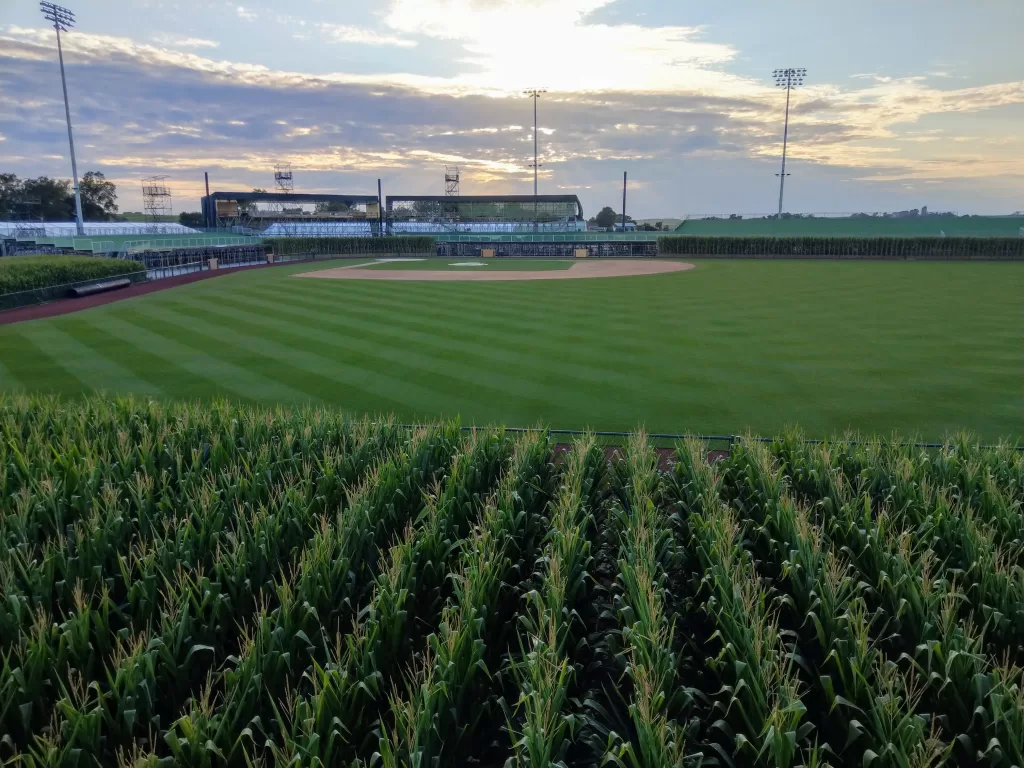
That is what futurists do. We build fields where futures can come true. We don’t create the futures, we help find the driving forces and trends and help others navigate the inherent uncertainties of futures. We help cultivate the landscape, identify hurdles, and provide the tools to create these fields.
That’s a great metaphor, but this ain’t Hollywood – what do futurists actually do?
One thing that futurists do not do is predict the future. “The Future” does not exist. Any discussion of futures is speculative, creative, and filled with uncertainties. Anyone can make a prediction based on current trends and facts or craft a fantasy of a future world. It is the job of a professional futurist to apply methodology and rigor to the process of understanding plausible futures and how we might be able to shape, or respond, to various scenarios.
Professional futurists are a widely divergent bunch, applying different tools and approaches to understanding futures, but most professional futurists have a lot in common with each other. We take our work seriously and spend time in research, analysis, and creative trend-based speculation.
Some futurists create scenarios, or small vignettes of plausible futures in a particular domain. We then use these scenarios to help design and implement strategies to head towards a preferred future. Corporations, governments, NGOs, and other organizations use scenarios to help create a common language about future visions.
Other futurists use similar tools to help others engage in conscious thinking about futures and their role. Some futurists are more speculative in nature and tend to provide visions of a particular type of futures such as the rise of AI in society or the collapse of ecosystems due to climate change. However, all futurists look to the horizon to try and help shape our world to come.
For me, being a futurist is an exercise in patience. The more I work in scenarios and trends that are 30 or more years out, the more I realize that my “want it now” impatience needs to be tempered with taking the long view. And as I grow as a futurist and learn patience, I may even start to like baseball. Maybe.
If you are interested in professional futures, I recommend looking into the several universities and organizations that offer training, certification, and even advanced degrees in professional futures including the University of Houston, Ontario College of Design (OCAD), University of the Sunshine Coast in Australia, and Institute for the Future.
About the Contributor
JT is a professional futurist and innovator focused on sustainability and social good issues. He specializes in foresight, storytelling, data, and innovative technology with 25+ years of experience leading cross-disciplinary teams in digital innovation, strategy, and development. In addition to consulting, JT is also working on his Masters of Foresight degree at the University of Houston.

